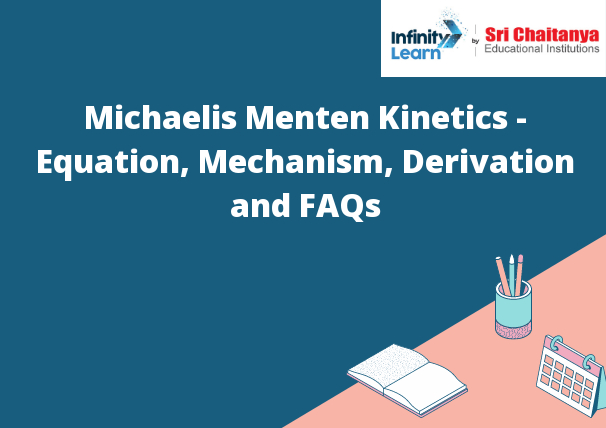Table of Contents
What is Michaelis Menten Hypothesis?
The Michaelis-Menten hypothesis is a model that describes the rate of a particular enzymatic reaction. The model states that the rate of the reaction is proportional to the concentration of both the enzyme and the substrate. It also states that the reaction rate reaches a maximum when the concentration of the substrate is equal to the concentration of the enzyme. The model was developed by Leonor Michaelis and Maud Menten in 1913. Michaelis Menten Kinetics – Equation Mechanism Derivation and FAQs.

Michaelis Menten Equation
The Michaelis-Menten equation is a kinetics equation used to describe enzyme-catalyzed reactions. The equation states that the reaction rate is proportional to the concentration of the enzyme and the concentration of the substrate. The equation is often written as
Enzyme-catalyzed Reactions: Mechanism
The mechanism of an enzyme-catalyzed reaction is a series of steps that the enzyme takes to convert the substrate into the product. The mechanism begins with the substrate binding to the enzyme. This binding causes a change in the shape of the enzyme, which then allows the enzyme to catalyze the reaction. The mechanism then proceeds with the steps of the reaction, and the product is released from the enzyme. Michaelis Menten Kinetics – Equation, Mechanism, Derivation and FAQs.
Michaelis Menten Kinetics Application
Michaelis Menten kinetics is a biochemical model that describes the relationship between the enzyme concentration and the reaction rate. The model assumes that the reaction is first order in enzyme, and that the reaction rate is proportional to the enzyme concentration. The model can be used to calculate the maximum reaction rate, as well as the substrate concentration necessary to achieve half-maximal reaction rate.







